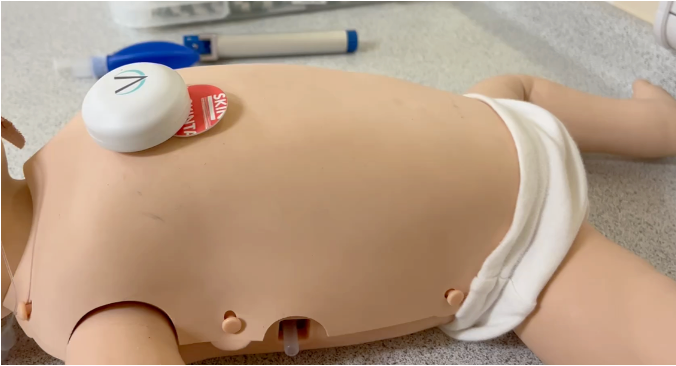GPs integrate with digital retinopathy
- 26 November 2010
Data sharing between GP practices and diabetic retinopathy screening services is to be automated following the introduction of a national application which is due to be rolled out next year.
The English National Screening Programme for Diabetic Retinopathy has commissioned integration specialists Quicksilva Software Solutions and consultancy OLM Professional Services to develop a bespoke application to coordinate retinopathy screening.
The application, the GP2DRS database, aims to replace manual data sharing between more than 8,000 GP practices and nearly 100 screening programmes in England .
Quicksilva said the GP2DRS database will automate the transfer of patient details from GP practices to local screening services as well as automating notification of eligibility and consent for screening and the return of screening results to GPs.
Esther Provins, national informatics lead for the ENSDR, said the current system for information sharing had created a number of challenges due to the volume of data that needed to be shared, processed and logged by both parties.
She added: “This data tidal wave is impacting patients on two levels. Firstly it restricts screening programmes from identifying individuals that need to be screened. Secondly, we don’t always have the most up-to-date information about current patients, impacting the quality of service they receive.”
Gaynor Hart, managing director of Quicksilva which supplies software solutions and integration services to the public and private sector, told EHI Primary Care that the database was currently in testing and that trial sites aimed to be working by March which she said should be followed by national roll-out shortly afterwards.
Hart said Quicksilva was working with local screening programmes which use a variety of different software systems and GP system suppliers to ensure the smooth introduction of the application.
She added: “Without questions the GP2DRS database is going to have a positive impact on patients’ experience. Diabetic retinopathy screening programmes are outnumbered by GPs 80 to one which represents a significant administrative strain for them.
“Automating the sharing of data will ease the pressure point and allow them to concentrate on other activities that have a direct impact on the service they deliver which they are rightly proud of.”
Peter O-Hara, chief executive officer of the OLM Group which delivers technology and consultancy solutions, said: “In recognition of OLM Group’s ASCC approved supplier status, which demonstrates the strength of our commitment to the sector, we are delighted to partner with Quicksilva on this project. We are proud to be involved in such a vital project that will help screening programmes across England to be more efficient and proactive.”




